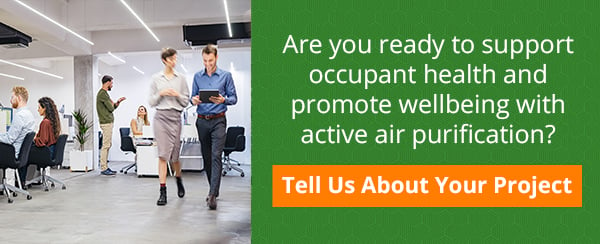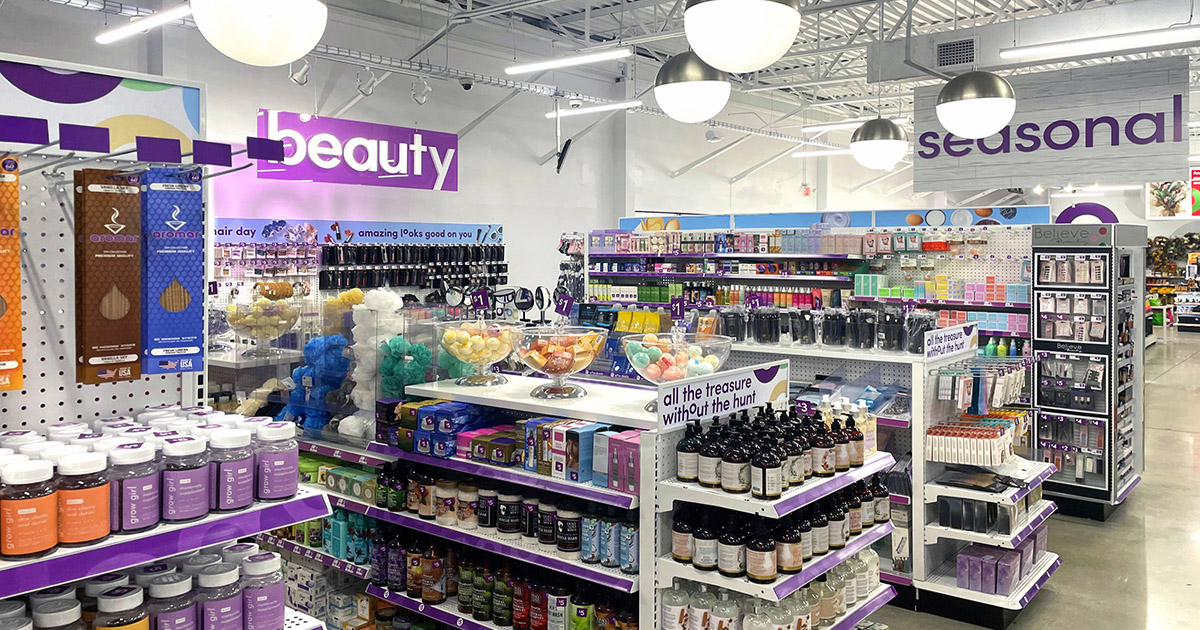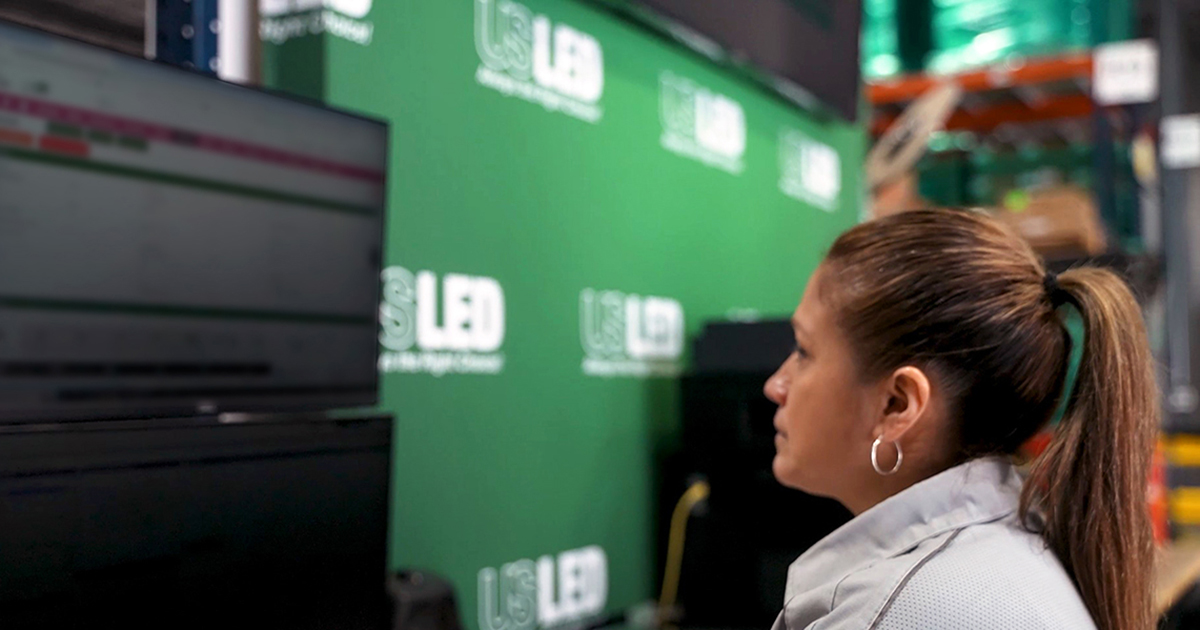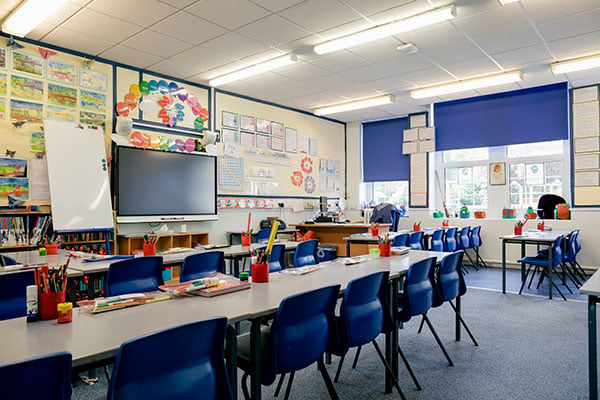
Improving indoor air quality (IAQ) in schools is critical in providing safe learning environments. School IAQ was already a concern, but the COVID-19 pandemic brought the issue to the forefront as parents and schools wrestled with the decision of whether or not to return to in-person learning. Now that most districts are back in the classroom and mask mandates are lifting, parents, teachers, school administrators, and students need the assurance of improved IAQ in their schools. The good news is that the federal government has provided funding to supplement the costs associated with IAQ improvement.
EFFECTS OF IAQ ON STUDENTS AND STAFF
IAQ within schools affects the health of students and their academic performance. Furthermore, scientific evidence has long demonstrated an association between poor IAQ and respiratory health effects and, within schools, asthma in particular.
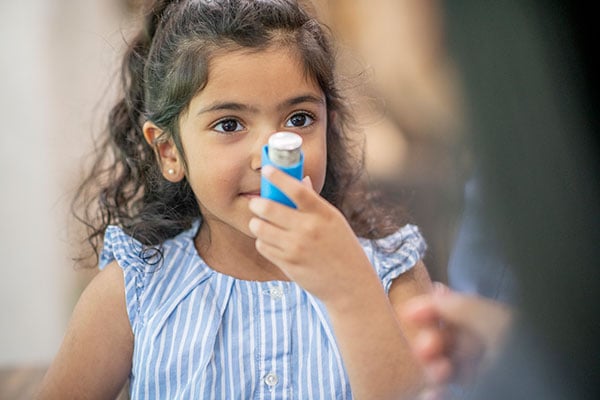
Increased asthma rates - Contaminants such as mold, dust, and fumes from cleaning chemicals can trigger asthmatic reactions in school environments. Asthma and asthma-related illnesses account for more than 12 million school days missed annually, and multiple studies have shown that an increase in absences leads to a decrease in academic performance.
Lower concentration levels - Additionally, high levels of carbon dioxide and particulate matter in the air negatively affect focus and recall, which have a tremendous impact on academic performance.
Teachers’ jobs become much more complicated - In addition to experiencing the same negative IAQ-related health issues as students, teachers are also tasked with trying to teach in an environment where students have a more challenging time learning.
STEPS TO IMPROVE IAQ
For both staff and students, improved IAQ increases productivity and overall performance. Thus, it strengthens the case for schools to develop IAQ management plans, which include critical maintenance tasks.
Repair Leaks
The presence of moisture promotes the growth of mold, mildew, and dust mites, all of which can be significant asthma triggers. Therefore, finding leaks and fixing them prevents further water accumulation, which in turn will improve IAQ. Additionally, as discussed below, an air purification system will help deactivate mold spores already in the air.
Improve Ventilation
Bringing fresh air from outside and keeping airflow circulating is essential to IAQ within schools. This can be accomplished by regularly updating and maintaining heating, ventilation, and air conditioning (HVAC) systems. When updating HVAC systems isn’t feasible, or an HVAC system is not in use, opening classroom windows is another way to facilitate airflow.
Utilize Air Purification Systems
Active air purification technology has become the leading solution for improving indoor air quality, which uses natural processes to produce purifying agents that project into the air to meet contaminants and remove them. When systems use traditional passive filtration, however, pathogens can contaminate everything in their path as they are pulled towards the filter to pass through it. In addition, some pathogens are too small to be trapped.
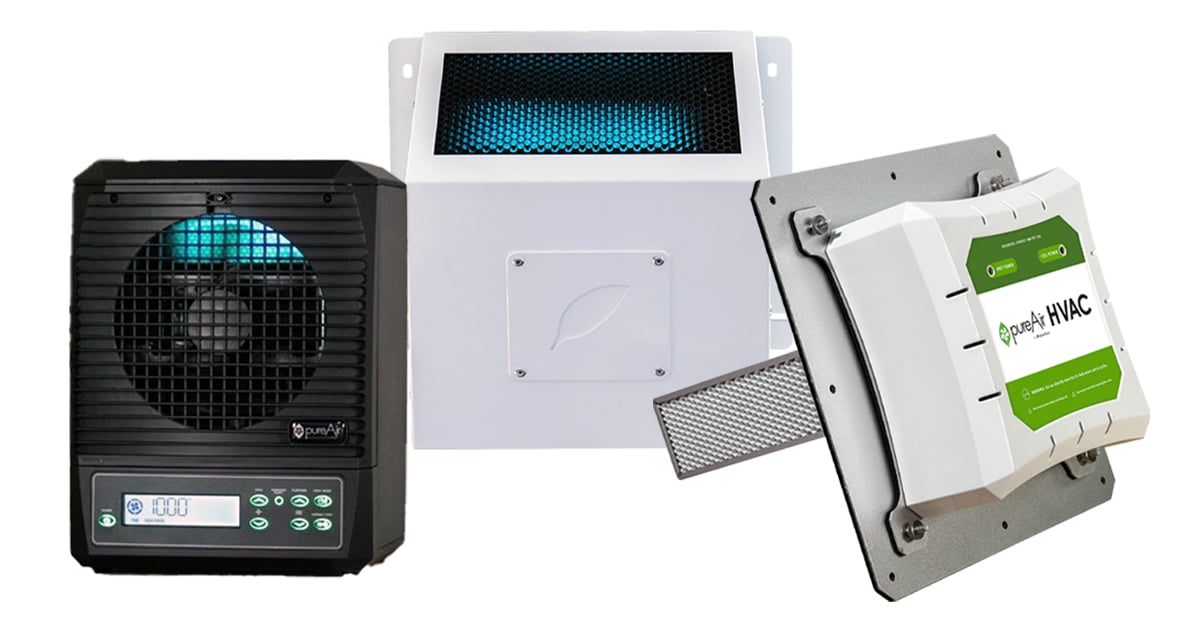
Active air purification solutions improve the health and performance of students and staff by deactivating and removing viruses, bacteria, particulate matter, mold spores, dust, and volatile active compounds from the indoor air.
FEDERAL GRANTS FOR IAQ IMPROVEMENTS
With children returning to the classroom following the COVID-19 quarantine, lawmakers passed the Coronavirus Response and Relief Supplemental Appropriations Act (CRRSA) of 2021 and the American Rescue Plan (ARP) Act of 2021. Both acts call for funds to address learning loss and prepare schools for reopening, including testing, repairing, and upgrading projects to improve air quality in school buildings.
Under Elementary and Secondary Schools Emergency Relief Funds (ESSER) II and ARP ESSER, grants are distributed to local education agencies (LEAs) through state education agencies (SEAs), including charter schools with new LEAs. These grants allocate funds to be used specifically to improve IAQ in schools. These improvements include system upgrades, filtering and purification, inspection, testing, maintenance, repair, replacement, and project upgrades in school facilities. ESSER II funding is available until September 30, 2022, while ARP ESSER funding is available until September 30, 2023.
The application process for ESSER II and ARP ESSER is almost identical. To get started, access your state’s Board of Education website to identify the amount allocated for your LEA and how to apply.
Students are dependent on the leaders of school districts and government officials to make the right decisions that support their success. More specifically, creating learning environments that promote productivity and enable them to achieve their full potential. A crucial step in that direction is focusing effort on improving indoor air quality that ensures student and staff well-being.

